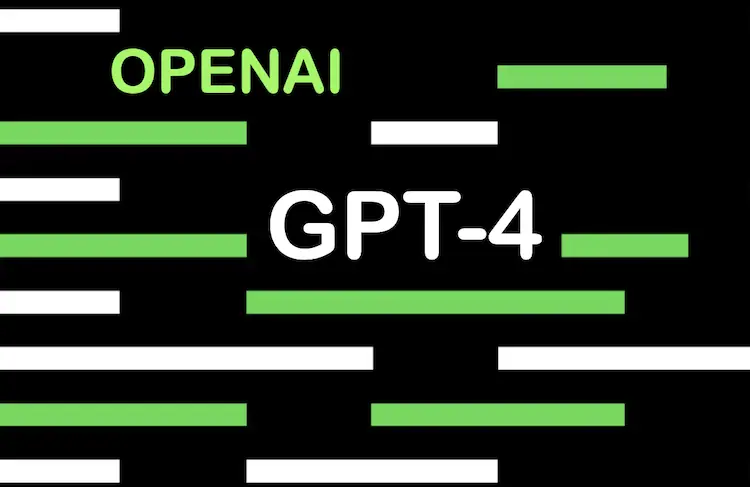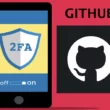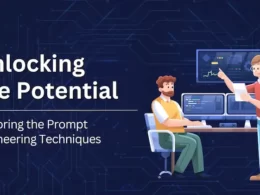Finally, OpenAI has released GPT-4 latest AI version, which is more credible and has multi-model capabilities like text, images, and videos.
The news was coming out earlier that Andreas Braun, CTO of Microsoft in Germany, announced that GPT-4 would be released in March 2023 and mentioned it would be multimodal, giving video generation as an example.
Generative Pre-trained Transformer 4 (GPT-4) is an unreleased neural network created by OpenAI. By releasing GPT-4’s text input capability via ChatGPT and the API (with a waitlist). To prepare the image input capability for wider availability.
Is GPT-4 released?
YES, OpenAI released GPT-4 version with more accuracy. OpenAI’s GPT-4 is a multimodel large language model. It was released on March 14, 2023, and will be available via API and for ChatGPT Plus users. Microsoft confirmed that versions of Bing using GPT had been using GPT-4 before its official release.
Is GPT-4 Free?
No, it’s not free. OpenAI said people could try GPT-4 out on its subscription service, ChatGPT Plus.
GPT-4 has a new pricing model as follows.
- For models with 8k context lengths (e.g. gpt-4 and gpt-4-0314), the price is:
$0.03/1k prompt tokens
$0.06/1k sampled tokens - For models with 32k context lengths (e.g. gpt-4-32k and gpt-4-32k-0314), the price is:
$0.06/1k prompt tokens
$0.12/1k sampled tokens
What is the difference between GPT-3 and GPT-4?
Compared to the previous version of GPT, GPT-3.5, GPT-4 has shown an improvement in reliability, creativity, and the ability to handle a much more comprehensive range of nuanced instructions.
OpenAI has extensively modified GPT-4 to increase safety and mitigate risks over GPT-3.5.

What does GPT-4 do?
GPT-4 can accept a prompt of text and images, which—parallel to the text-only setting—lets the user specify any vision or language task. Specifically, it generates text outputs (natural language, code, etc.) given inputs consisting of interspersed text and images. Over a range of domains—including documents with text and photographs, diagrams, or screenshots—GPT-4 exhibits similar capabilities as it does on text-only inputs.
Like previous GPT models, the GPT-4 base model was trained to predict the next word in a document, and was trained using publicly available data (such as internet data).
So when prompted with a question, the base model can respond in a wide variety of ways that might be far from a user’s intent.
Risks
The GPT-4 has similar risks as earlier models, like generating harmful advice, buggy code, or inaccurate data. GPT-4 comes with extra capabilities, but they also come with new risks. We adversarially tested the model with more than 50 experts in AI alignment risks, cybersecurity, biorisk, trust and safety, and international security. Based on their findings, we were able to test model behavior in high-risk areas that needed the expertise to evaluate.
“Overall, our model-level interventions increase the difficulty of eliciting bad behavior but doing so is still possible. We are collaborating with external researchers to improve how we understand and assess potential impacts.” said OpenAI. Additionally, there still exist “jailbreaks” to generate content which violate our usage guidelines.











